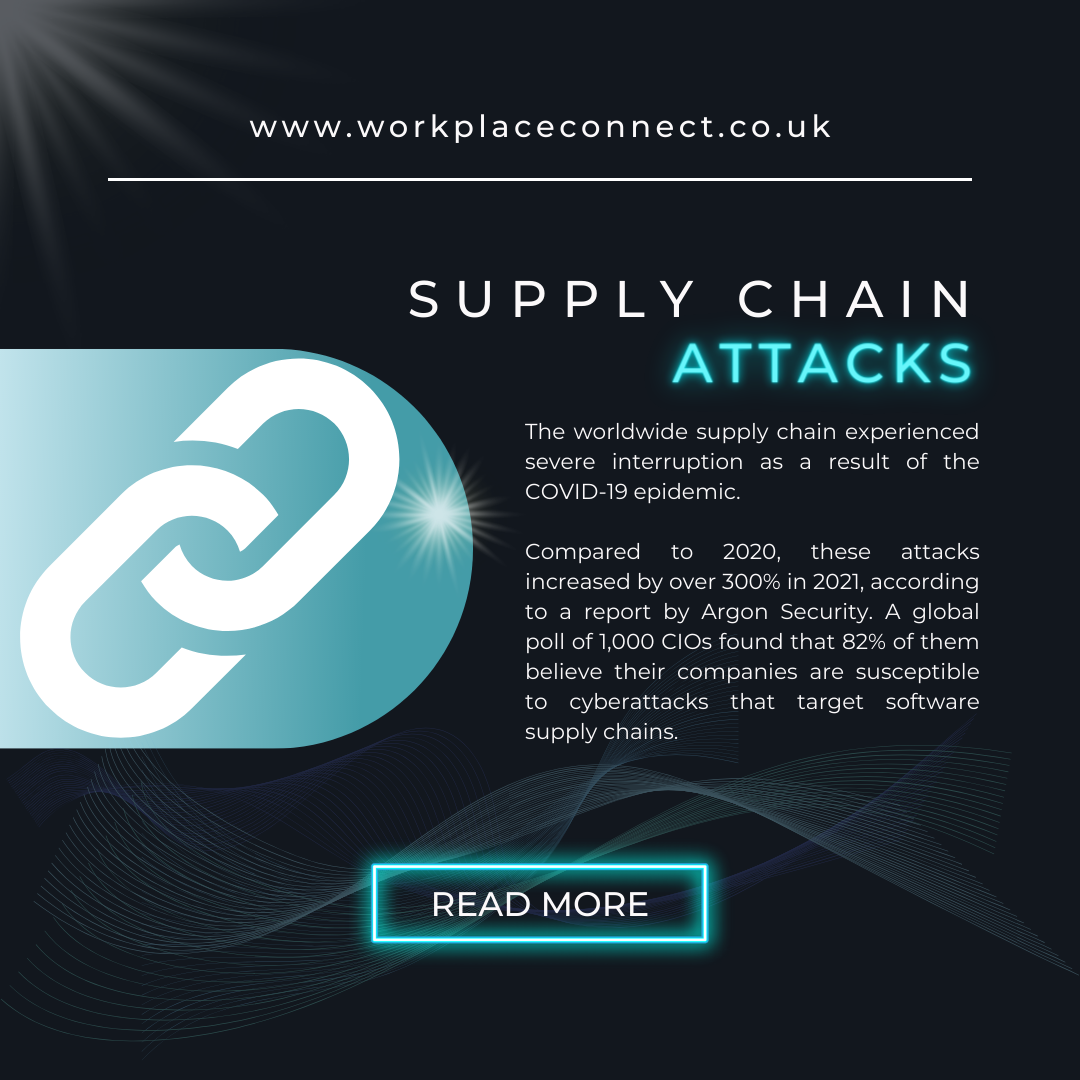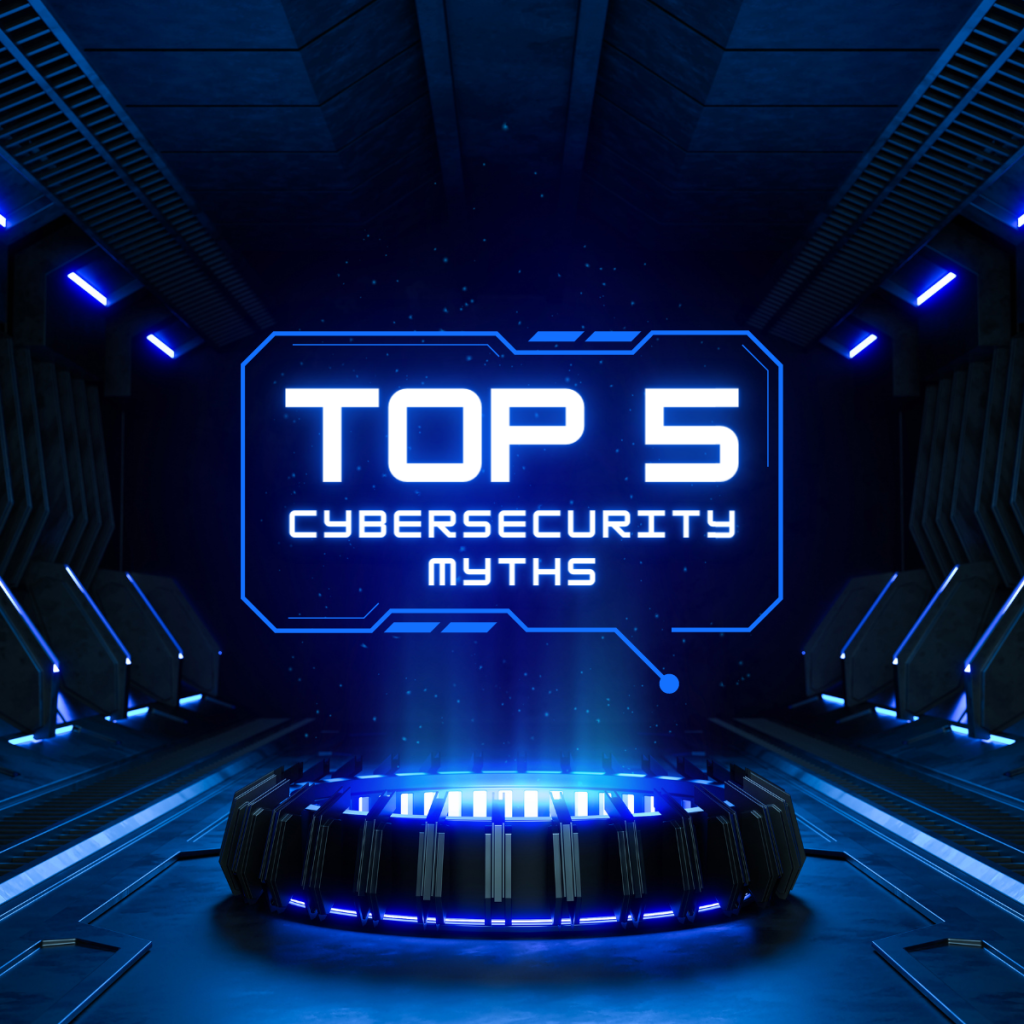The worldwide supply chain experienced severe interruption as a result of the COVID-19 epidemic. Factory closures, labor shortages, geopolitical unrest, and severe weather all slowed the movement of commodities along the supply chain. But today, attacks on the software supply chain play a significant role in the international trade of goods.
Compared to 2020, these attacks increased by over 300% in 2021, according to a report by Argon Security. A global poll of 1,000 CIOs found that 82% of them believe their companies are susceptible to cyberattacks that target software supply chains. The Log4Shell vulnerability, which compromised millions of running apps utilizing Java libraries, was one such software supply chain attack that surfaced in late 2021.
What is a Software Supply Chain Attack?
When a malicious attacker gains access to a software vendor’s network and compromises the software before the firm distributes it to clients, it can result in a software supply chain assault. A malicious actor decides to take advantage of popular and widely used open-source flaws like Log4Shell. Data about customers or IT systems may then be compromised by the infected software.
Attacks on the software supply chain have increased, in part as a result of business processes moving more quickly and software release cycles following suit. Additionally, as firms speed up the software development process to remain competitive, security flaws may enter live applications since the developers don’t have enough time to detect and fix them.
What Impact do Supply Chain Breaches Have On SMBs?
A successful supply chain attack may have a variety of effects on the vendor as well as any targeted clients. However, the attacker’s objectives will determine how much harm a supply chain strike ultimately does. Attackers used the HVAC company as a stepping stone in the 2013 Target hack to enter Target and steal the financial and personal data of up to 100 million Target customers. While the Target hack was a straightforward instance of data theft affecting a single-end organization, attackers can utilize supply chain attacks for other things, like disseminating ransomware. Attackers broke into Kaseya’s servers in July 2021, which provided MSPs with software services and tools. The attackers were able to breach the MSPs by first compromising Kaseya, and they finally used the MSPs to send ransomware to the end users. An estimated 1,500 MSP clients were compromised overall by this assault. Both of the aforementioned attacks show how attackers might profit from a client-vendor relationship that is based on trust. But according to CrowdStrike, attacks on the software supply chain pose a greater threat to enterprises. Given that the average software project has 203 dependencies on external code, these attacks are very dangerous. This means that if a well-known application or vendor makes use of a single malicious software dependency, it may result in the compromise of that application. As a result, every company that uses that program or vendor may become exposed to a data breach. These attacks are especially harmful since even minor adjustments can have negative, pervasive impacts. One compromised application or piece of code is all that is needed for a software supply chain assault to have an impact on the entire system. Attacks frequently target app source code flaws, which can jeopardize a reliable app or software system. This is a result of supply chain members’ increased connectivity. Supplier B, who has access to Company A’s enterprise resource planning or other systems, may be used as an example. Compromise at Supplier B can easily have an impact on Company A.
Why Have Ransomware Supply Chain Attacks Recently Increased?
Attacks using ransomware are becoming more frequent overall, and the harm they cause to businesses is getting worse. Attacks on supply chains are typically motivated by financial gain and political objectives. Here are the top five causes of the rise in supply chain attacks:
- The ransom is willingly paid by the victims.
- Political resentment caused by escalating global tensions gives rise to cyber warfare.
- As businesses develop their networks to accommodate remote employees and business partners, the number of potential access points for ransomware grows.
- With the use of cryptocurrency, cybercriminals can be paid ransom while remaining anonymous.
- Now that ransomware is available as a service, many criminals without technical knowledge can carry out attacks.
Why is A Good Degree of Cybersecurity Insufficient?
By attacking suppliers, the attackers look for new entrance points inside organizations. Furthermore, these attacks are getting more frequent due to the practically infinite potential impact of supply chain attacks on various clients. In almost 66% of the reported incidents, attackers concentrated on the suppliers’ code to compromise the targeted clients. This demonstrates that businesses should concentrate their efforts on verifying the integrity of third-party code and software before utilizing it. The majority of the client assets targeted in the 58% of supply chain incidents analyzed were customer data, including intellectual property and Personally Identifiable Information (PII) data. Suppliers either were unaware of how they were compromised in 66% of the supply chain assaults that were examined or they failed to notify it. Less than 9% of the customers whose accounts were compromised as a result of supply chain hacks were unaware of the attacks’ origins. This demonstrates the disparity between suppliers and end users in terms of cybersecurity incident reporting maturity.
How Can Your SMB Prevent Supply Chain Attacks?
Use best practices and take coordinated EU-wide action. Because of the increased interdependencies and complexity of the tactics employed, assaults against suppliers may have far-reaching effects. When secret material is leaked and national security is at risk or when possible geopolitical repercussions follow, there are deeper reasons for concern beyond the harm to impacted organizations and third parties. Establishing best practices and participating in coordinated activities at the EU level are both crucial in this complicated environment for supply chains to assist all Member States in building comparable capabilities and achieving a shared degree of security. Attacks on the supply chain can be challenging to both identify and prevent because they take advantage of the confidence that organizations have in their suppliers. Fortunately, there are still methods that companies may take to either prevent or lessen the effects of a supply chain attack.
- Examine vendors rigorously. Businesses should thoroughly investigate a supplier’s security procedures before working with them or using any third-party tools or software. This entails looking into any security lapses the vendor may have encountered in the past and requesting the company to describe its security procedures.
- Implement a zero-trust model. Businesses should request that their IT department use a zero-trust approach whenever possible. This restricts the kinds of activities that can be carried out within a network because it presumes that no user or application should be trusted by default.
- Implement security tools. Firewalls and antivirus software are examples of security solutions that may not always be able to stop supply chain attacks. They might be able to let you know if an attack is happening, though. For instance, firewalls may be able to identify and stop significant volumes of data from leaving a network, which would indicate a breach, but antivirus software can identify malware such as ransomware.
- Create an incident response strategy. Businesses should be ready with a response strategy in case there is a compromise. The implementation of a communication strategy for informing clients and partners about a breach should also be a part of this plan, along with the identification of mission-critical business components and the clearly defined roles for incident response.
- Together with your IT staff, get ready. Your firm should plan for a potential supply chain attack alongside the IT team, regardless of whether you hire an MSP or have an in-house team. Regularly practicing the incident response plan should be a part of this planning.
Battle Against Cybercriminals
Despite the anticipated rise in ransomware attempts, the work being done by businesses and government entities to resist ransomware, information theft, and other attacks on global supply chains promise to lower the risk of supply chain interruptions. The current initiatives to strengthen the supply chain’s resilience and reduce its susceptibility to attack are being led by cybersecurity experts who are trained in the newest techniques for protecting sensitive data. The best strategy to safeguard your organization against the growing threat of supply chain assaults is to get ready now by developing cybersecurity policies and creating incident response plans that allow you to take swift action if a supply chain attack affects your operation.







